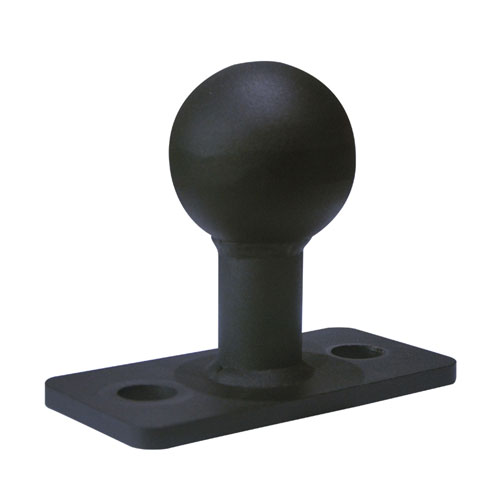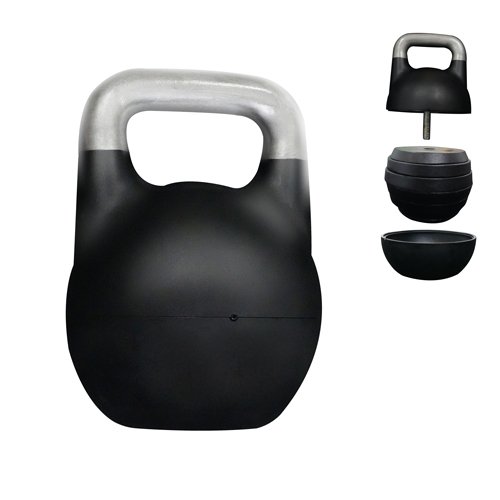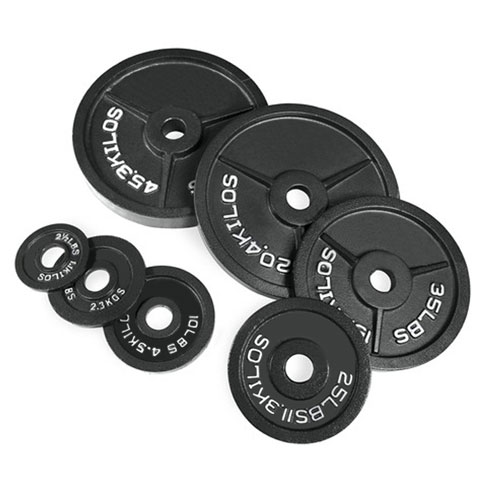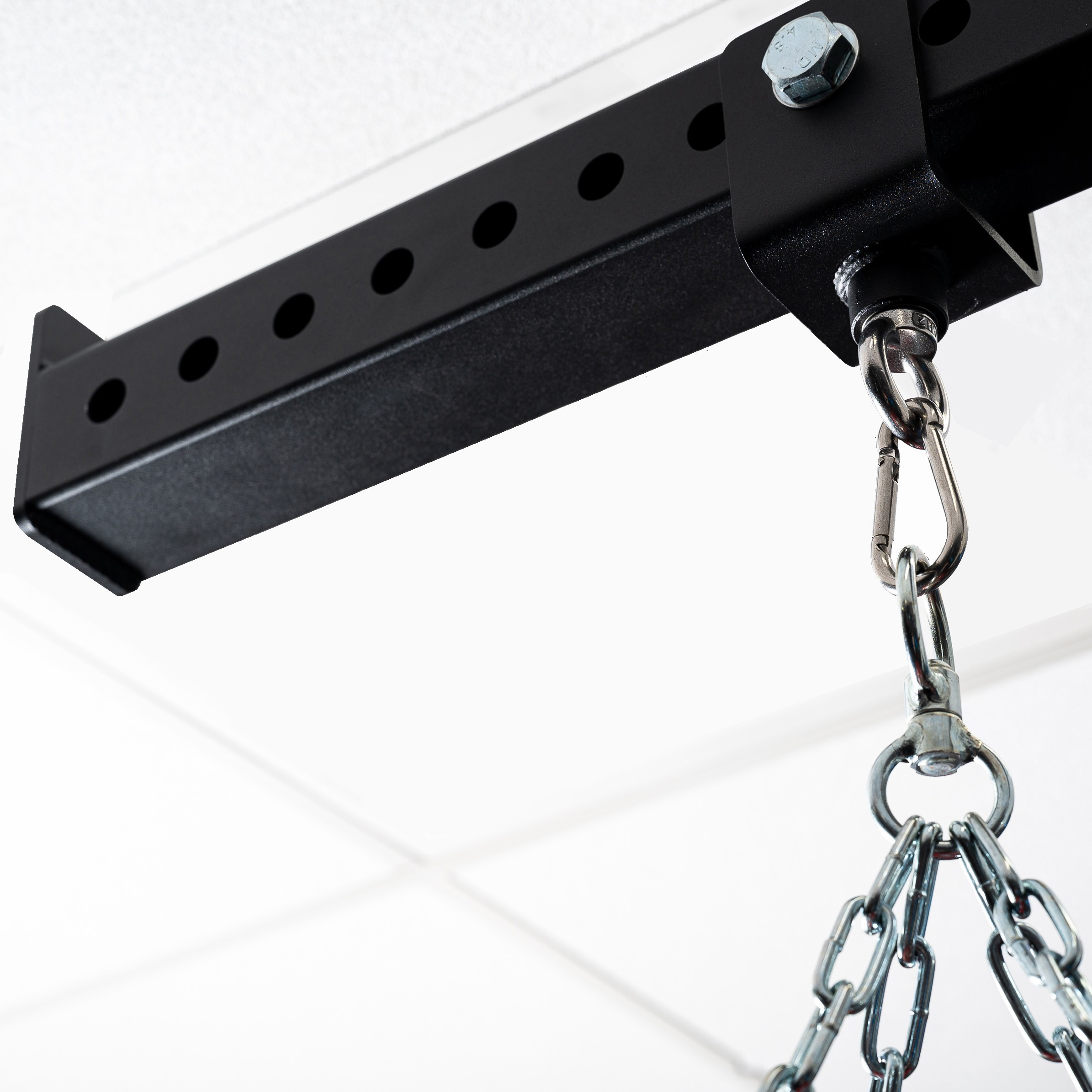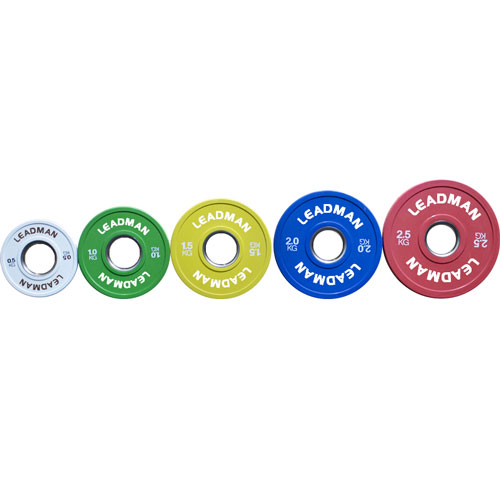What Is The Best Exercise Equipment?
In the pursuit of a healthier lifestyle, selecting the right exercise equipment is crucial. With countless options available, it can be overwhelming to determine what suits your needs best. Whether you're aiming for cardiovascular endurance, strength training, or overall flexibility, this guide will help you navigate through the myriad of choices and find the perfect equipment tailored to your fitness goals.
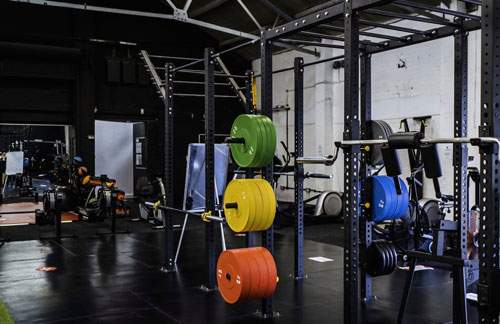
Part 1: Understanding Your Fitness Goals
Before diving into the world of exercise equipment, it's essential to define your fitness objectives clearly. Ask yourself:
What are my fitness goals? Are you looking to lose weight, build muscle, improve endurance, or enhance flexibility?
What type of exercise do I enjoy? Whether it's running, cycling, weightlifting, or yoga, identifying activities you enjoy will make your workouts more sustainable.
What is my current fitness level? Consider your fitness baseline to select equipment that challenges you appropriately without causing injury.
By answering these questions, you'll gain clarity on the type of exercise equipment that aligns with your aspirations and preferences.
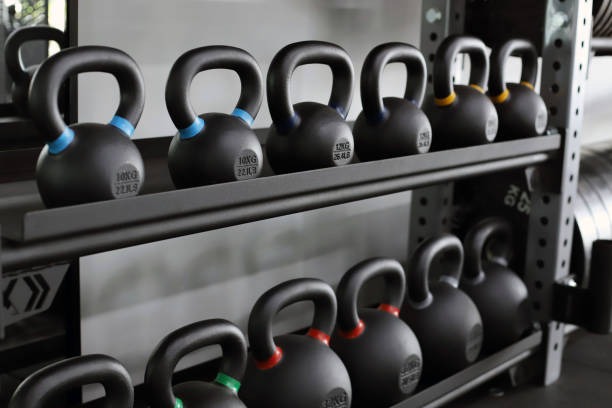
Part 2: Choosing the Right Exercise Equipment
Cardiovascular Equipment:
Treadmill: Ideal for running or walking indoors, treadmills offer adjustable speed and incline settings to customize your workout intensity.
Stationary Bike: Whether it's an upright bike or a recumbent bike, stationary bikes provide low-impact cardio workouts suitable for all fitness levels.
Elliptical Trainer: Combining elements of running, skiing, and cycling, elliptical trainers offer a full-body workout with minimal joint stress.
Strength Training Equipment:
Dumbbells: Versatile and space-efficient, dumbbells allow for a wide range of strength exercises targeting various muscle groups.
Barbells and Weight Plates: Ideal for compound exercises like squats, deadlifts, and bench presses, barbells and weight plates are essential for serious strength trainers.
Resistance Bands: Perfect for home workouts or adding resistance to bodyweight exercises, resistance bands are portable and adaptable for users of all fitness levels.
Flexibility and Mobility Equipment:
Yoga Mat: Essential for yoga, Pilates, or stretching exercises, a high-quality yoga mat provides cushioning and stability during floor exercises.
Foam Roller: Used for self-myofascial release, foam rollers help alleviate muscle tightness and improve flexibility by massaging trigger points.
Stretching Strap: Facilitating deep stretches, stretching straps assist in improving flexibility and range of motion, especially for tight muscles.
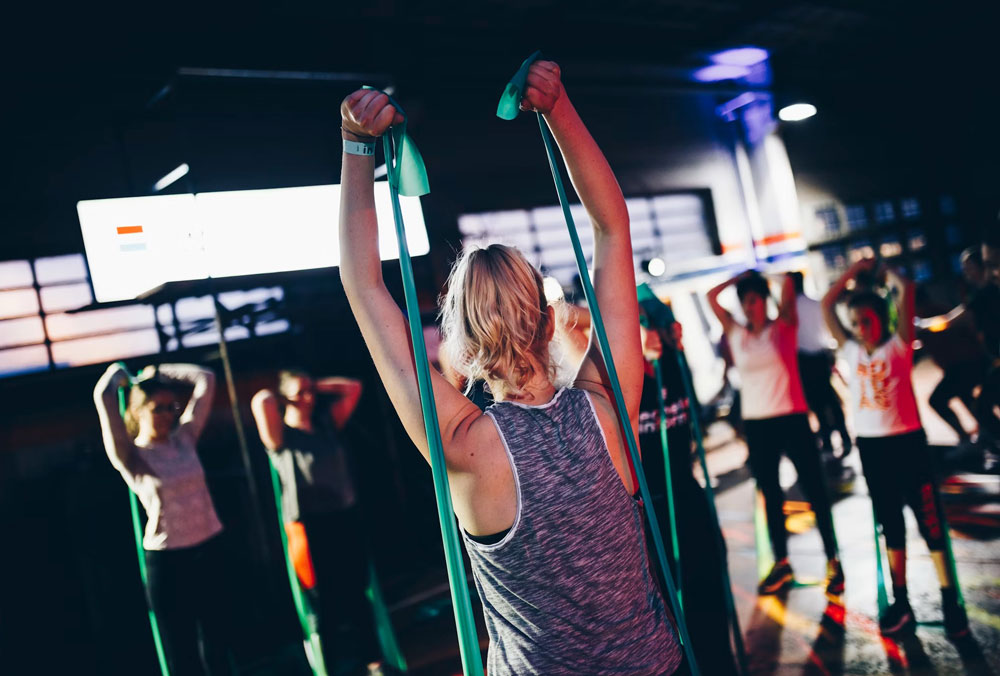
Part 3: Factors to Consider
Space: Evaluate the available space in your home or gym to ensure the equipment fits comfortably without crowding the area.
Budget: Set a realistic budget based on your financial resources and the quality of equipment you desire.
Quality and Durability: Invest in reputable brands known for manufacturing durable and reliable exercise equipment to ensure longevity and safety.
User-Friendly Features: Look for equipment with adjustable settings, ergonomic designs, and user-friendly interfaces to enhance convenience and usability.
Safety Features: Prioritize equipment with safety features such as emergency stop buttons, secure grips, and stable frames to minimize the risk of accidents or injuries.
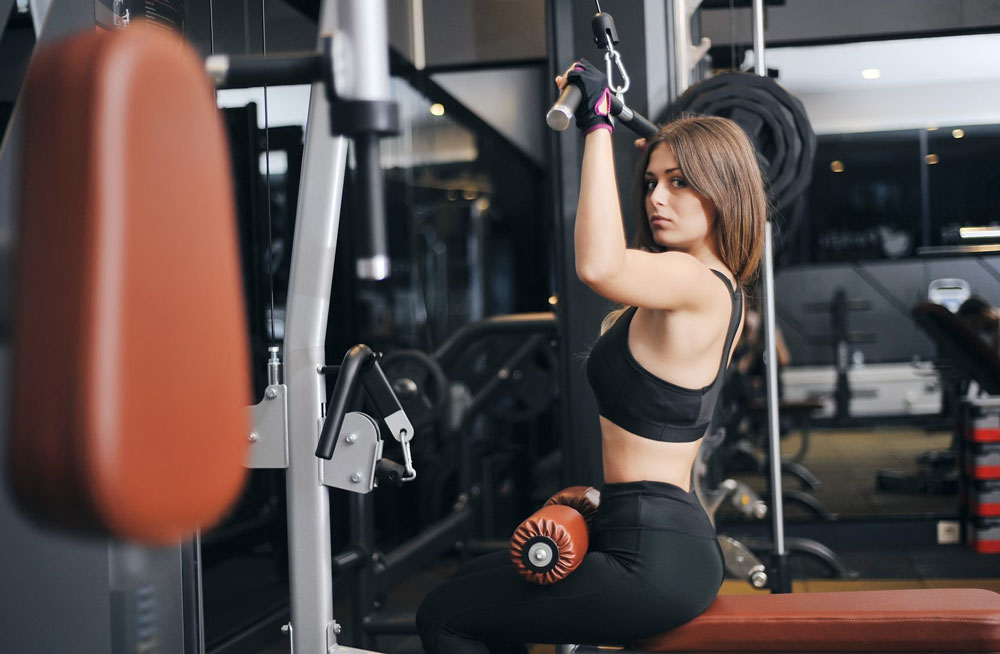
Conclusion
Choosing the best exercise equipment involves a combination of understanding your fitness goals, selecting suitable equipment, and considering practical factors like space and budget. By following this comprehensive guide, you'll be well-equipped to embark on your fitness journey with confidence, knowing that you've chosen the perfect exercise equipment to support your health and wellness goals.

